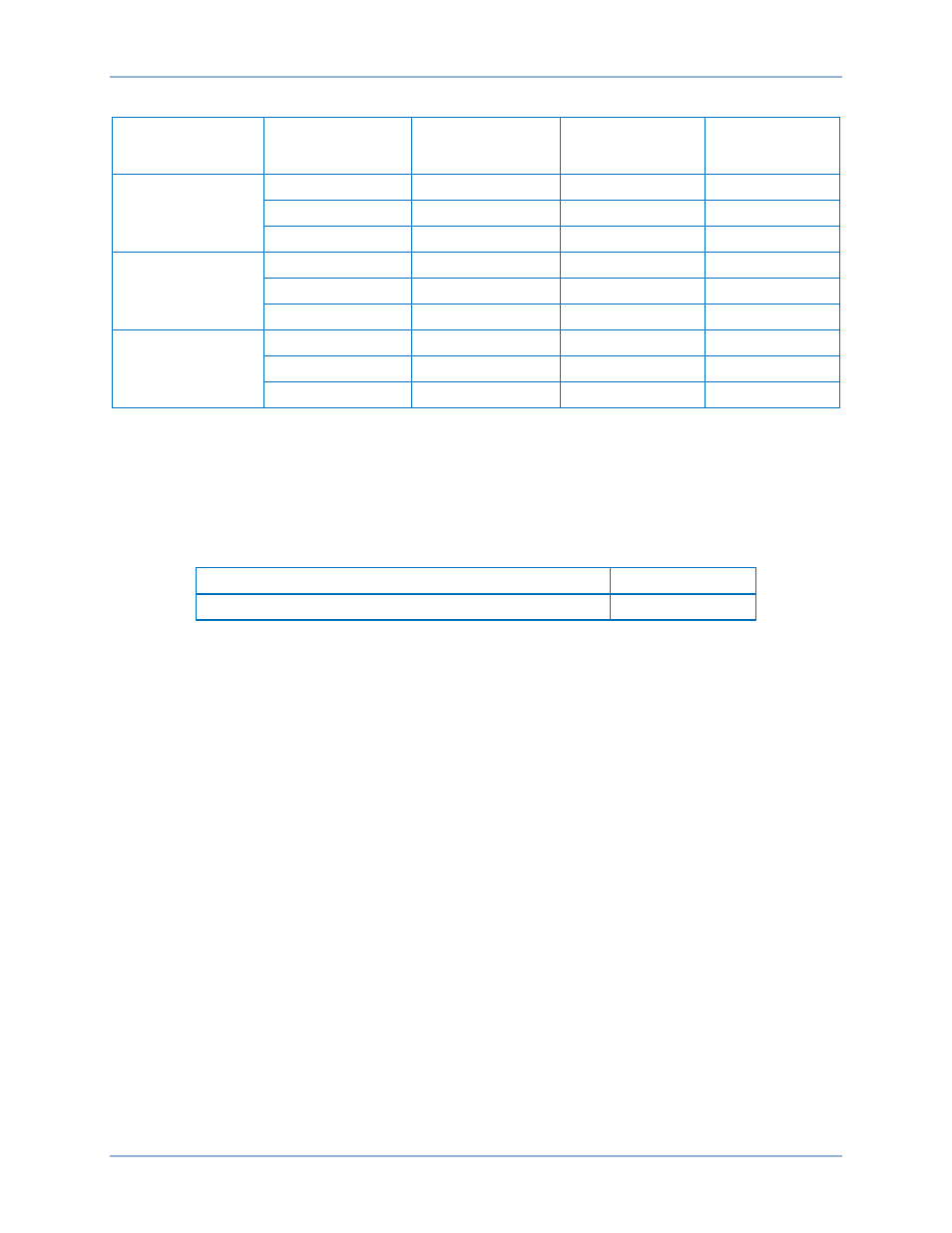Timing verification (ig mode), N table 159 – Basler Electric BE1-11m User Manual
Page 375

9424200996 Rev L
363
Table 159. Pickup Test Settings (IG Mode)
Sensing Input
Type
Range
Pickup Setting
Time Dial
Time Curve
5 A
Low
0.5 A
0
I2
Middle
5.0 A
0
I2
High
16.0 A
0
I2
1 A
Low
0.1 A
0
I2
Middle
1.0 A
0
I2
High
3.2 A
0
I2
SEF
Low
0.01 A
0
I2
Middle
0.5 A
0
I2
High
0.8 A
0
I2
Step 10: (Optional.) Repeat steps 1 through 9 with CT Circuit 2 as the source for protection systems
equipped with two sets of CTs. In step 5, replace D1 with F1, D2 with F2, etc.
Timing Verification (IG Mode)
Step 1: Use BESTCOMSPlus to open the Protection, Current, Inverse Overcurrent (51-1) screen and
send the test settings in Table 160 to the BE1-11m.
Table 160. Timing Test Settings (IG Mode)
Pickup Setting
Time Curve
0.5 A (5 A sensing), 0.1 A (1 A sensing)
I2
Step 2: Prepare to monitor the 51-1 timings. Timing accuracy is verified by measuring the elapsed time
between a sensing current change and OUT1 closing.
Step 3: Connect a current source to BE1-11m terminals D7 and D8 (IG).
Step 4: Using the values listed in Table 161, apply the appropriate current values, and measure the
time between the application of current and the closure of OUT1. Record the results.
Step 5: Repeat step 4 for all of the current and time dial settings for your current sensing type.
Step 6: (Optional.) Repeat steps 1 through 5 for settings group 1, 2, and 3.
Step 7: (Optional.) Repeat steps 1 through 6 for 51-2, 51-3, 51-4, and 51-5.
Step 8: (Optional.) Repeat steps 1 through 7 with CT Circuit 2 as the source for protection systems
equipped with two sets of CTs. In step 3, replace D1 with F1, D2 with F2, etc.
BE1-11m
Inverse Overcurrent (51) Test